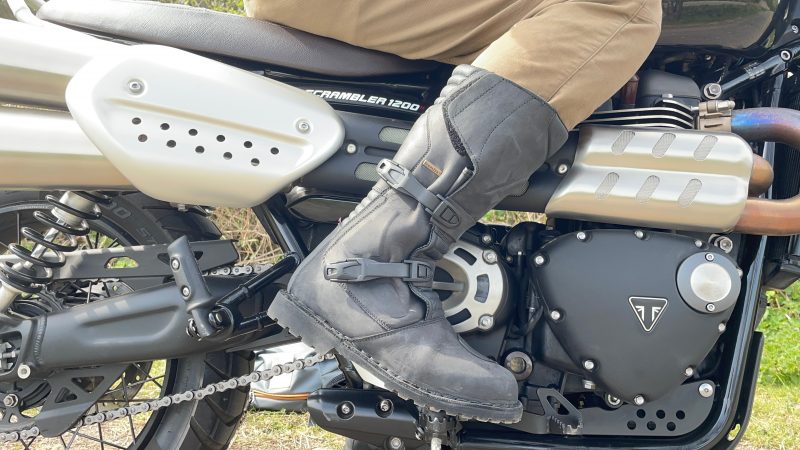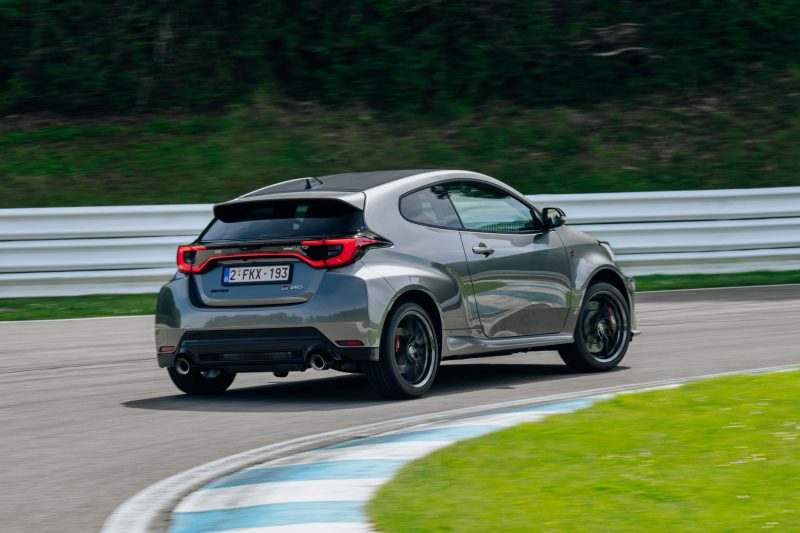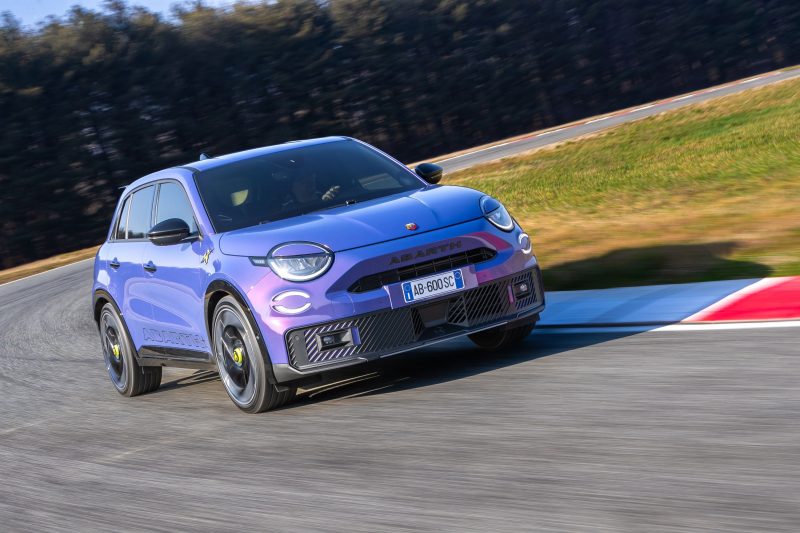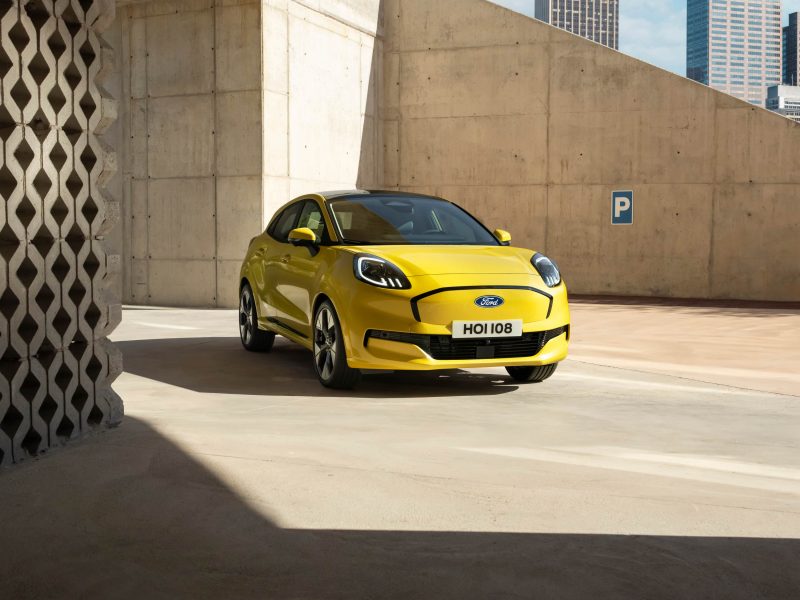If you happened to see a scramble of well-dressed motorcyclists over the weekend, there’s a good chance that it was your local Distinguished Gentleman’s Ride.
The Distinguished Gentleman’s Ride – or DGR, for short – first started back in 2012, with a trailblazing ride in Sydney, Australia, organised as a way for smartly-dressed motorcyclists to raise money for prostate cancer research and men’s mental health.
That first ride-out saw 3,000 riders grace 64 cities across the globe, but the word quickly got out and 2023’s event saw records smashed as 106,000 riders headed out in 893 cities across 107 countries. In all, 2024’s DGR saw over £5.7m raised for charities.
But what is the DGR actually like to experience? Well, for 2025, we put on our finest motorcycle clothes and headed out to the West Sussex group’s event to find out.

There’s a certain type of motorcycle which qualifies for the DGR. In keeping with the overall vintage-inspired theme, the DGR allows ‘Café Racers, Bobbers, Classics, Trackers, Scramblers, Old School Choppers, Modern Classics, Sidecars, Classic Scooters, Classic Cruisers, Modern Classics, Electrics and Brat Styled’.
It means that sports bikes are largely out, but fortunately, we’re on something appropriate – the Triumph Speed Twin 1200 RS. It lies within Triumph’s ‘Modern Classics’ range and blends an old-school design with some thoroughly modern technology. Oh, and a thumping 1,200cc engine. Triumph is also one of the DGR’s key partners, alongside charities such as Movember, which helps to put the event’s donations to good use in a variety of men’s health programs.
Jakarta, you're looking dashing today! 🇮🇩🎩🏍️
🌎 Jakarta, Indonesia
📸 Zie Baguuss (@ziebaguuss) pic.twitter.com/Pp9FCCEu4X— The Distinguished Gentleman's Ride (@gentlemansride) May 18, 2025
But despite feeling like the belle of the ball on the way to the meeting point in Shoreham-by-Sea, it’s clear upon arrival that the Speed Twin isn’t the only good-looking bike preparing to head out.
At the starting point, there’s an eclectic mix of motorcycles of all different ages. Classic 80s cafe racers mix with bobber-style BMWs, and there’s even a three-wheeled car – it’s a truly awesome gathering.
More striking is how well turned out all of the participants are. The West Sussex ride attracted 362 registered riders and all have made an effort to get into the ‘dapper’ theme. Since it started raising money, the West Sussex ride-out has garnered more than £250,000 in donations, making it one of the top-ranking rides in the whole of the DGR.

Handlebar moustaches are aplenty and there’s even a kilt-wearing rider in attendance. By the time we all head out at 10am sharp, it’s a gang which attracts quite the audience wherever it goes and right from the start, people are lining the roads with smartphones hoisted to get a snap of the procession.
From the off, it’s clear that the DGR ride isn’t about speed. With organisers calling it more of a slow-speed ride designed to make maximum ‘impact’, we bob along in a motley collection of bikes. An old-school Triumph ahead of us growls away and drops the occasional blob of oil, while Harley-Davidsons behind cruise along with their owners’ hands aloft on the high-rise bars.
The weather remains beautiful and there’s a short stop-off in Littlehampton for a leg-stretch and a quick coffee. Parked in front of the East Beach Cafe – housed within a prominent building designed by architect Thomas Heatherwick – the bikes make quite a scene. Everywhere the group goes, there’s a party atmosphere. Members of the public flock to see the bikes arrive and there are honks and whistles as hundreds of motorcycles stream into a seafront car park.
Topped up with caffeine, we’re back on the road again, newly formed up into a full group once more. The same is going on across the world, of course, and a quick check of social media during a short pit-stop shows similar antics going on in areas such as London and Guildford. The ride-out in Cardiff has a huge turnout, too.

As we meander towards our final destination of Chichester, the gang manages to group together before weaving into the city. There’s an overwhelming number of people out to see the ride’s arrival and they drape either side of North Street, which is normally pedestrian-only but has been opened up for this special occasion. Bikes park up here, there and everywhere before a band sparks into life to continue the party.
With such a positive reception, it looks like next year’s Distinguished Gentleman’s Ride will be even bigger. If you’re a fan of two wheels – or ride a motorcycle yourself – it’s a charity event which is well worth checking out and one which does good across the globe.












































